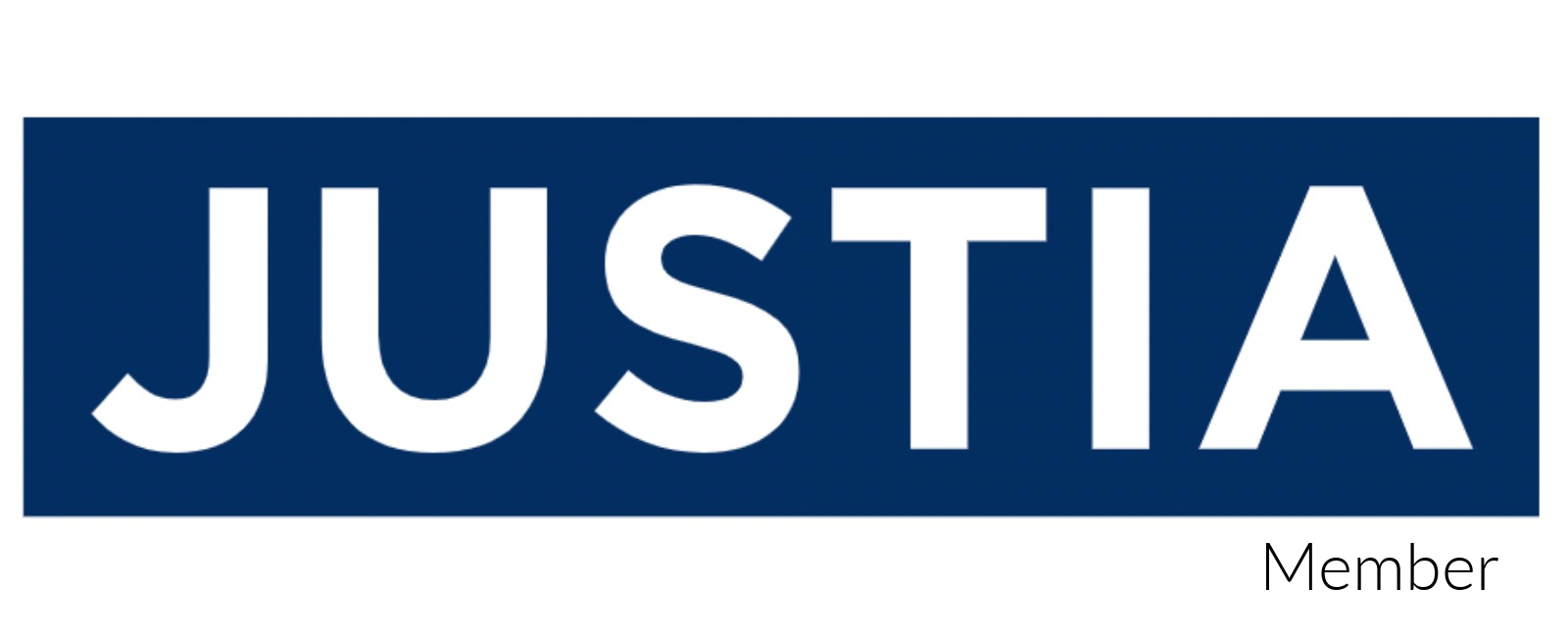Trade Secret Licensing
Before expanding your business via licensing deals (ex. in a franchising deal), you need to make sure you are carefully protecting your trade secrets in the process with licensing agreements designed to maximize the use of your valuable trade secrets while also maintaining secrecy. We can help. Call (877) 276-5084
Trade licensing, particularly in the context of franchising and licensing proprietary business methods, recipes, or processes, plays a crucial role in expanding a business’s reach while safeguarding its intellectual property.
What is Trade Secret Licensing?
Trade secret licensing involves granting another party (the licensee) the right to use specific proprietary assets the licensor owns. These assets can include trade secrets, trademarks, business methods, recipes, manufacturing processes, or any other forms of intellectual property. Typically, the licensee operates under the licensor’s brand and adheres to established standards and practices, often set forth in a signed written agreement between the parties.
Why is Trade Secret Licensing Important?
- Expansion and Growth:
Trade secret licensing plays a crucial role in the expansion and growth of businesses by facilitating geographic reach and enhancing brand presence. By licensing proprietary assets, such as trademarks and business methods, companies can expand into new markets without the substantial capital investment needed for company-owned locations. This approach allows businesses to leverage the resources and local knowledge of licensees, enabling rapid and efficient growth. For example, a restaurant chain with a unique cuisine can license its brand and recipes to local entrepreneurs in different regions, who then open new outlets under the established brand. This strategy accelerates the expansion process and reduces financial risk for the licensor.
Furthermore, as more licensees operate under the licensor’s brand, the overall brand presence and market penetration increase. Each new licensed location contributes to broader brand recognition, helping to build customer loyalty across different markets. For instance, a fitness brand that licenses its trademark and business model to gyms worldwide benefits from an increased presence in various locations, making it a recognizable and trusted name in the fitness industry. This widespread brand presence creates a network effect, where the visibility of one location supports the reputation and customer base of others, ultimately enhancing the overall strength and appeal of the brand.
- Revenue Generation:
Trade secret licensing is also instrumental in revenue generation for businesses through mechanisms such as initial fees, royalties, and additional services. License agreements usually require licensees to pay an initial licensing fee and ongoing royalties based on their sales. This arrangement provides a continuous revenue stream for the licensor without incurring the operational expenses associated with running additional locations. For example, a software company might license its product to different businesses, charging an initial setup fee and a monthly royalty based on usage or sales, thereby ensuring steady income.
Moreover, licensors can generate additional revenue by offering support services, training, and marketing assistance to their licensees. These services not only enhance the performance and success of the licensees but also create an additional revenue channel for the licensor. For instance, a franchisor in the hospitality industry might offer comprehensive training programs for new franchisees and ongoing marketing support, charging fees for these value-added services. This approach not only helps maintain high standards across all locations but also boosts the overall profitability of the licensing model.
- Risk Mitigation:
Trade secret licensing can also be a vital tool for risk mitigation, helping licensors manage and spread the risks associated with business expansion. By licensing their business model or technology, licensors distribute the operational and financial risks to the licensees. This means that while the licensees invest their resources into setting up and running individual locations, the licensor can expand their brand without bearing the full brunt of the financial and operational challenges. For example, a retail brand might license its store concept to local entrepreneurs, who then take on the financial risk of opening and operating the stores. This approach allows the licensor to grow its market presence with reduced risk.
Additionally, control over brand and quality is maintained through well-structured license agreements that include strict guidelines and quality control measures. These agreements ensure that all licensees adhere to the standards expected by the brand’s customers. For instance, a franchised restaurant chain will have detailed operational manuals and regular inspections to ensure that every outlet provides the same level of service and product quality. This consistency helps protect the brand’s reputation and ensures customer satisfaction across all locations, thereby safeguarding the brand’s integrity while facilitating growth.
- Intellectual Property Protection:
Trade secret licensing plays a crucial role in intellectual property protection by incorporating measures such as confidentiality clauses and providing a framework for legal recourse. License agreements typically include clauses that safeguard trade secrets and proprietary information, ensuring that licensees cannot disclose or misuse the licensor’s intellectual property. For instance, a technology company licensing its software to other businesses will include detailed confidentiality agreements to protect its source code and proprietary algorithms, ensuring that these critical assets remain secure.
Furthermore, these agreements provide a legal framework for the licensor to take action in the event of a breach. If a licensee violates the terms of the agreement, the licensor can seek damages or terminate the agreement. This legal recourse is essential for maintaining control over the intellectual property and protecting the business’s interests. For example, a pharmaceutical company licensing a proprietary drug formulation to a manufacturer will include strict confidentiality clauses and stipulate legal consequences for any breach, ensuring that the formulation remains protected, and the licensor retains the ability to address any violations effectively. This dual approach of confidentiality and legal protection helps licensors safeguard their intellectual property while enabling the strategic use of their assets in the marketplace.
- Innovation and Improvement:
Trade licensing fosters innovation and improvement through mechanisms like collaborative development and market adaptation. Licensees often provide valuable feedback and insights that can enhance the business model, processes, or products. This collaborative approach allows the entire network to benefit from innovations and refinements. For example, a global coffee chain may receive suggestions from its franchisees on new drink recipes or more efficient store layouts, which can then be incorporated into the standard operating procedures across all locations.
Additionally, licensees can adapt the business model to better fit local market conditions, leading to increased success and further refinement of the overall strategy. By tailoring the business approach to meet regional preferences and needs, licensees help ensure the brand’s relevance and competitiveness in diverse markets. For instance, a fast-food franchise might modify its menu to include items that cater to local palates, thereby attracting more customers and boosting sales. These adaptations not only enhance the performance of individual franchise locations but also provide the licensor with insights into how the business model can be adjusted for different environments, driving continuous improvement and growth.
Key Components of Licensing to Franchisees
- Licensing Agreement
A well-structured licensing agreement is essential for clearly defining the relationship between the licensor and licensee. The grant of license section should precisely outline the scope of the license, detailing the rights granted to the licensee, such as the ability to use, modify, or sublicense the licensed material. It should also specify the geographic scope within which the licensee can operate and the duration of the agreement. Intellectual property ownership must be explicitly stated, confirming that the licensor retains ownership of the intellectual property and any improvements made by the licensee during the term of the license.
Financial terms are another critical component, detailing upfront fees, ongoing royalties, and any other payments the licensee must make. For example, the agreement might require an initial licensing fee of $50,000 and ongoing royalties of 6% of gross sales. Quality control measures should be implemented to ensure that the licensed product meets specified standards, which could include regular audits and adherence to operational guidelines provided by the licensor. Reporting requirements should mandate regular reports from the licensee on their use of the licensed technology and related financials, ensuring transparency and compliance with the agreement. For instance, the licensee might be required to submit quarterly financial statements and detailed usage reports, allowing the licensor to monitor performance and adherence to the terms of the license.
- Confidentiality Agreement (NDA)
A comprehensive Confidentiality Agreement (NDA) is crucial for protecting sensitive information shared between parties. The agreement should start by clearly defining what constitutes “confidential information,” encompassing all non-public data, trade secrets, business plans, and proprietary knowledge shared during the course of the relationship. The duration of the confidentiality obligations should be specified, detailing how long the receiving party is required to maintain the confidentiality, which is typically a period of several years after the termination of the agreement.
Permitted disclosures should be outlined, indicating any exceptions to the confidentiality obligations, such as disclosures required by law or information that becomes public through no fault of the receiving party. The obligations section should detail the measures the receiving party must take to protect the confidentiality of the information, including restricting access to only those personnel who need to know the information for legitimate business purposes and ensuring that these individuals are also bound by confidentiality obligations.
For example, the NDA might state that “confidential information” includes all technical data and customer lists and that the receiving party must keep this information confidential for five years after the agreement ends. Permitted disclosures might include complying with a court order, provided that the disclosing party is notified in advance. Additionally, the NDA should include provisions for the return or destruction of confidential information upon termination of the agreement, ensuring that all documents, electronic files, and any other media containing confidential information are either returned to the disclosing party or destroyed, with a certification of destruction provided. This ensures that no sensitive information remains with the receiving party once the business relationship concludes.
- Non-Disclosure Agreement (NDA)
A Non-Disclosure Agreement (NDA), often combined with confidentiality agreements, is designed to ensure that the receiving party does not disclose secret information to third parties. The NDA specifies that the confidential information can only be used for the purposes outlined in the agreement, preventing any unauthorized use that could harm the disclosing party. For instance, if a company shares a proprietary manufacturing process with a supplier, the NDA would state that this information is solely for the purpose of producing components for the company and cannot be used for any other projects or shared with other entities.
Additionally, the NDA should outline procedures for monitoring compliance to ensure that the terms of the agreement are being followed. This might include regular audits, requiring the receiving party to provide updates on how the confidential information is being used and who has access to it. For example, the NDA could stipulate that the receiving party must submit quarterly compliance reports detailing the personnel who have accessed the information and the specific uses of that information. These monitoring procedures are crucial for maintaining the integrity of the agreement and ensuring that the confidential information remains protected throughout the duration of the business relationship.
- Penalties for Breach
Penalty provisions are essential components of any Non-Disclosure Agreement (NDA) or confidentiality agreement, serving to deter unauthorized disclosures and misuse of confidential information while providing remedies for breaches. Liquidated damages are a key element, defining specific monetary penalties that the breaching party must pay if they violate confidentiality or non-disclosure provisions. For instance, the agreement might state that any unauthorized disclosure of proprietary information will result in a penalty of $100,000 per incident, ensuring the receiving party understands the financial consequences of a breach. In addition to liquidated damages, the agreement should include provisions for injunctive relief, allowing the disclosing party to seek a court order to prevent ongoing or future breaches. This provides a legal mechanism to quickly halt any unauthorized use or dissemination of confidential information. For example, if a former employee attempts to share trade secrets with a competitor, the disclosing party can obtain an injunction to stop this action immediately.
Furthermore, the agreement should specify conditions under which it can be terminated due to a breach, including the immediate cessation of the use of the confidential information. This means that if a breach occurs, the agreement is nullified, and the receiving party must immediately stop using the confidential information and return or destroy all copies. For instance, if a licensee fails to comply with the confidentiality terms, the licensor can terminate the agreement, demand the return of all proprietary materials, and take legal action to enforce this requirement. These penalty provisions collectively ensure that the NDA has strong enforcement mechanisms, providing clear consequences for non-compliance and protecting the disclosing party’s interests.
- Intellectual Property Clauses
Intellectual property clauses are critical components of licensing agreements, ensuring the protection and proper use of the licensor’s patents, trademarks, and branding. For patent protection, the agreement should include specific clauses that safeguard any patents associated with the secret process or recipe. For instance, if a company licenses a patented manufacturing process, the agreement must clearly state that the licensee is prohibited from using the patented process beyond the scope defined in the agreement and must take necessary steps to avoid infringement. This might include stipulating that the licensee cannot reverse engineer or attempt to create derivative works based on the patented technology.
Additionally, trademarks and branding must be addressed comprehensively in the agreement. The clauses should specify the correct use of trademarks and branding elements, ensuring that the licensee adheres to the licensor’s guidelines. For example, if a restaurant chain licenses its brand to franchisees, the agreement should detail how the franchisee can use the brand’s logos, color schemes, and marketing materials to maintain consistency across all locations. It might include requirements for the licensee to follow specific design standards in their advertising and store layouts, ensuring that the brand’s identity and reputation are preserved.
For instance, a licensor might stipulate that all advertising materials must be pre-approved, and that the licensee must undergo periodic brand compliance audits. By including such detailed intellectual property clauses, the licensor can effectively protect their patents and ensure that their trademarks and branding are used appropriately, thereby maintaining the integrity and value of their intellectual property across all licensed operations.
Conclusion
Trade secret licensing is a smart strategy for businesses looking to expand while keeping their valuable secrets safe. By letting others use their proprietary methods, recipes, or trademarks, companies can grow quickly without the hefty costs of opening new locations themselves. This not only helps the brand spread its reach but also brings in steady revenue through fees and royalties. It’s a win-win: the licensor gets to expand with less risk, and the licensee gets to run a business under an established brand. Strong agreements ensure that everyone sticks to high standards, protects sensitive information, and spells out what happens if someone breaks the rules. Plus, licensing encourages innovation, as local operators can tweak the model to better fit their markets, helping the whole brand evolve and improve.
To discuss your case with our Trade Secret California and Arizona licensing law firm call us at (877) 276-5084. This blog is general legal information only and not legal advice.








